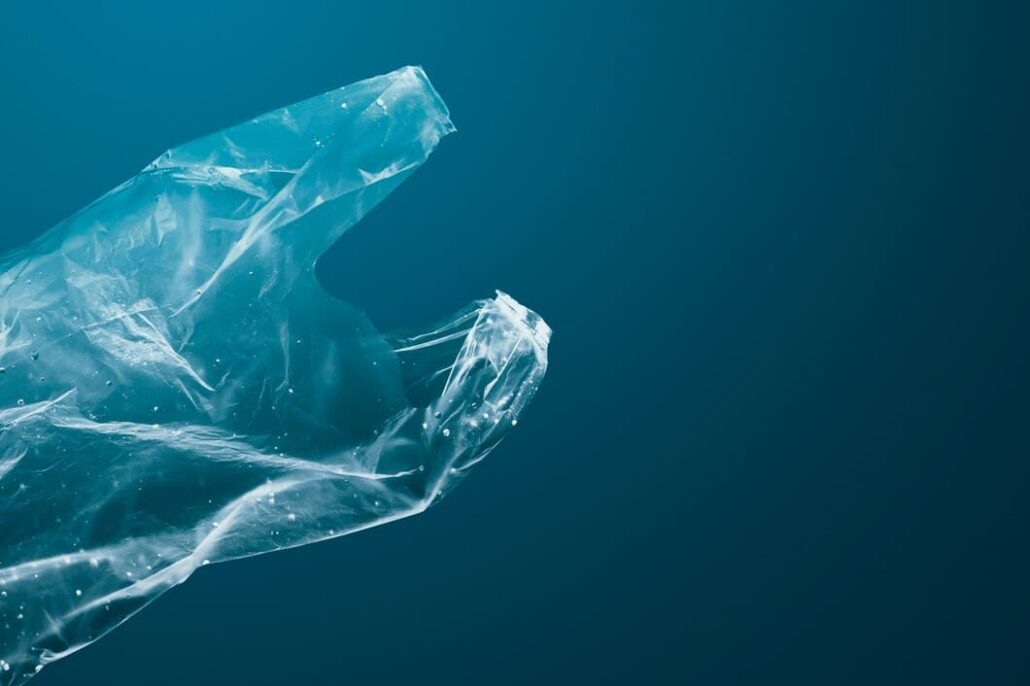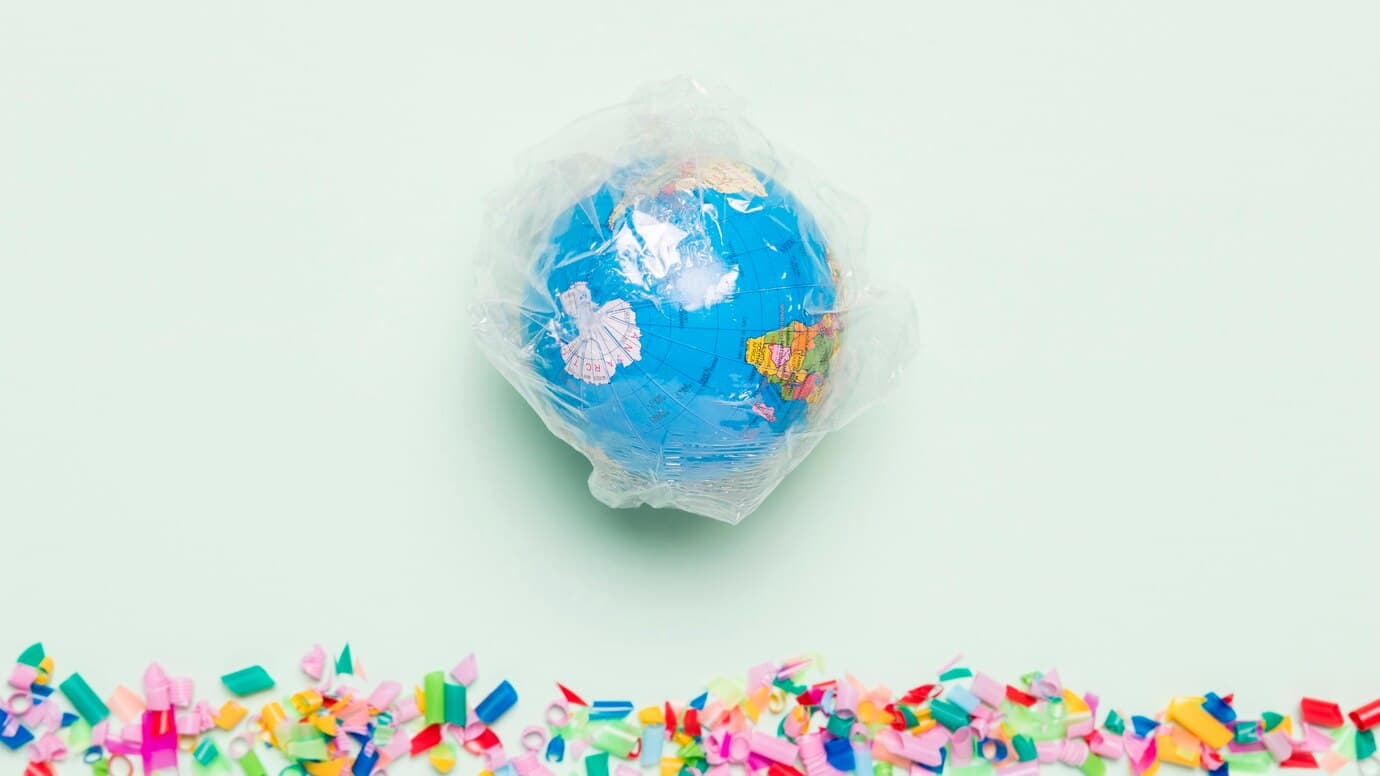Microplastics, which are tiny particles of plastic less than five millimeters in size, have become a pervasive environmental issue. These particles are the result of the breakdown of larger plastic debris, entering our oceans, rivers, and other water bodies. Their small size allows them to infiltrate ecosystems, often with devastating effects on marine life and human health.
The Effects of Microplastics on Marine Life
The infiltration of microplastics into marine environments has far-reaching consequences. Marine species, ranging from the smallest plankton to the largest mammals like whales, ingest these tiny particles, often mistaking them for food. This ingestion can cause physical blockages in their digestive systems, leading to malnutrition or even death. The danger does not stop there; microplastics can also act as carriers for toxic chemicals. These toxins, which can be absorbed onto the surface of microplastics, are then ingested by marine life, leading to long-term health problems, including reproductive issues, reduced growth rates, and weakened immune systems.
For instance, fish that consume microplastics may suffer from stunted growth and impaired immune function. This has a cascading effect on the entire marine food chain. Larger predators, including humans, consume these contaminated fish, leading to an accumulation of toxins. The bioaccumulation of these harmful substances can eventually reach dangerous levels, affecting species at every trophic level in the ecosystem.
Additionally, microplastics have been found to disrupt the behavior and reproductive success of marine animals. For example, studies have shown that microplastic exposure can affect the hatching rates of fish eggs and the growth of juvenile fish. This not only threatens the survival of individual species but also the stability of entire marine ecosystems.
Microplastics and Human Health
The implications of microplastics extend beyond marine life, posing significant risks to human health. As humans are at the top of the food chain, the microplastics ingested by marine animals eventually make their way into our bodies. Seafood, particularly shellfish, has been found to contain high levels of microplastics. When we consume contaminated seafood, we are also ingesting these microplastics, along with the associated toxic chemicals they carry.
Research suggests that microplastics can cause inflammation, disrupt hormone function, and may even be linked to more severe health conditions such as cancer. The small size of these particles means they can potentially penetrate biological barriers, such as the intestinal lining, and enter the bloodstream. This raises concerns about the long-term effects of microplastics on human health, including potential impacts on the immune system, respiratory system, and even brain function.
Moreover, microplastics have been detected in drinking water sources, both bottled and tap water. The presence of these particles in our water supply indicates that no one is immune to exposure. This pervasive contamination underscores the urgency of addressing microplastic pollution at its source.
Interestingly, just as our environment is being “contaminated” by microplastics, individuals also face various forms of “contamination” in their daily lives. For example, the world of online gambling can introduce its own set of challenges and risks. Websites like 777 ua offer insights into the world of online casinos, where responsible behavior is crucial to avoid negative consequences. Just as it is important to be aware of the impact of microplastics, it is equally important to be mindful of how certain habits and activities, such as gambling, can affect our lives. Recognizing these parallels can help us make more informed and responsible choices, both for our health and the environment.
Addressing the Microplastic Crisis

Addressing the crisis of microplastic pollution requires a multi-faceted approach. Governments need to implement stricter regulations on plastic production and waste management. Industries must innovate to create sustainable alternatives to plastic and improve recycling technologies. Consumers can play a role by reducing their use of single-use plastics, supporting plastic-free initiatives, and advocating for policy changes.
Public awareness is also crucial. Educating people about the sources and impacts of microplastics can lead to more responsible consumption patterns and increased support for environmental protection efforts. Schools, media, and environmental organizations can work together to spread this knowledge and inspire action.
Conclusion
The impact of microplastics on marine life and human health is a pressing environmental issue that demands immediate attention. As research continues to uncover the full extent of these effects, it is clear that reducing plastic pollution is essential for safeguarding both our environment and our health. Collective efforts from governments, industries, and individuals are needed to mitigate the spread of microplastics and protect the well-being of our planet for future generations.

